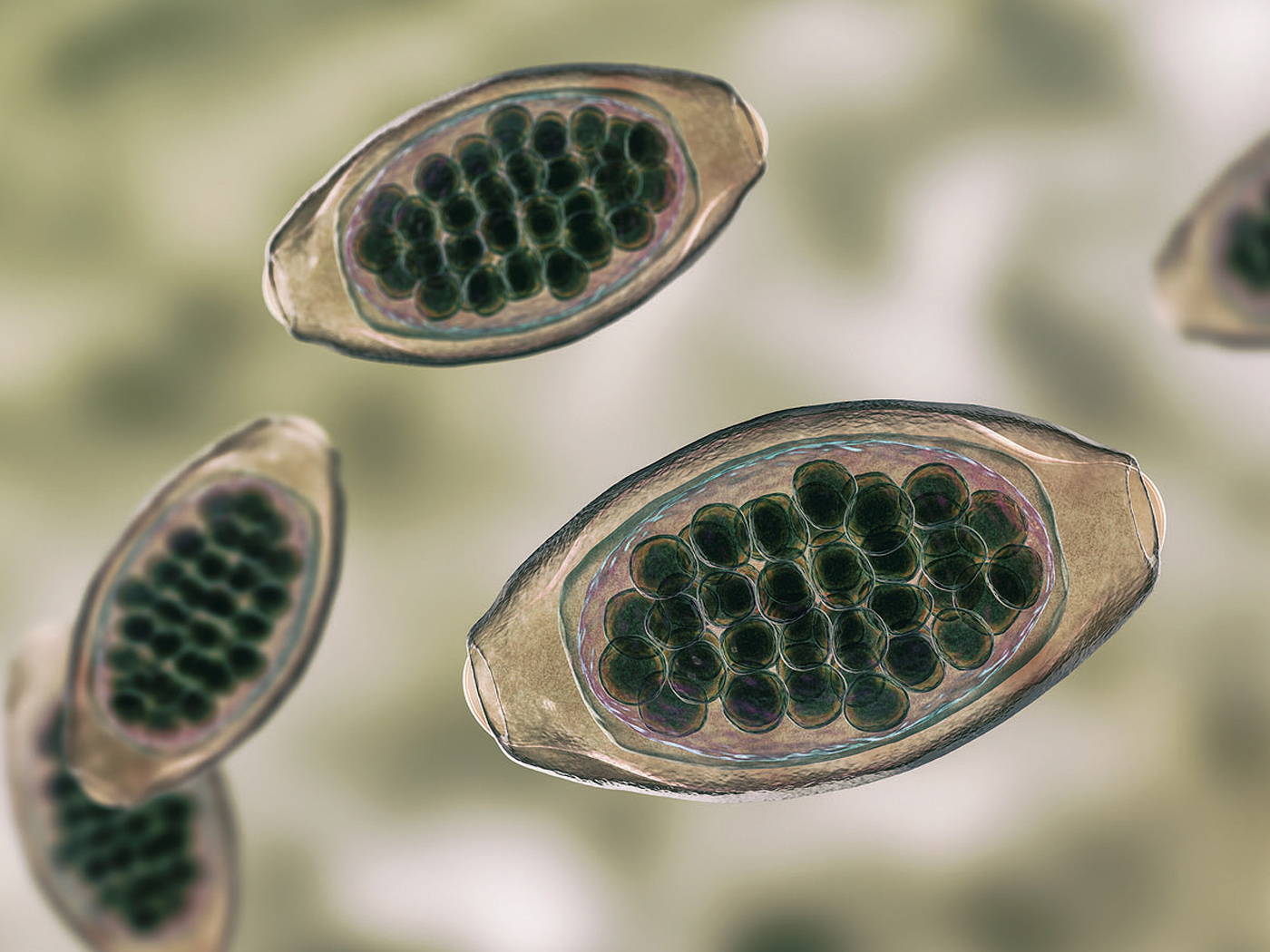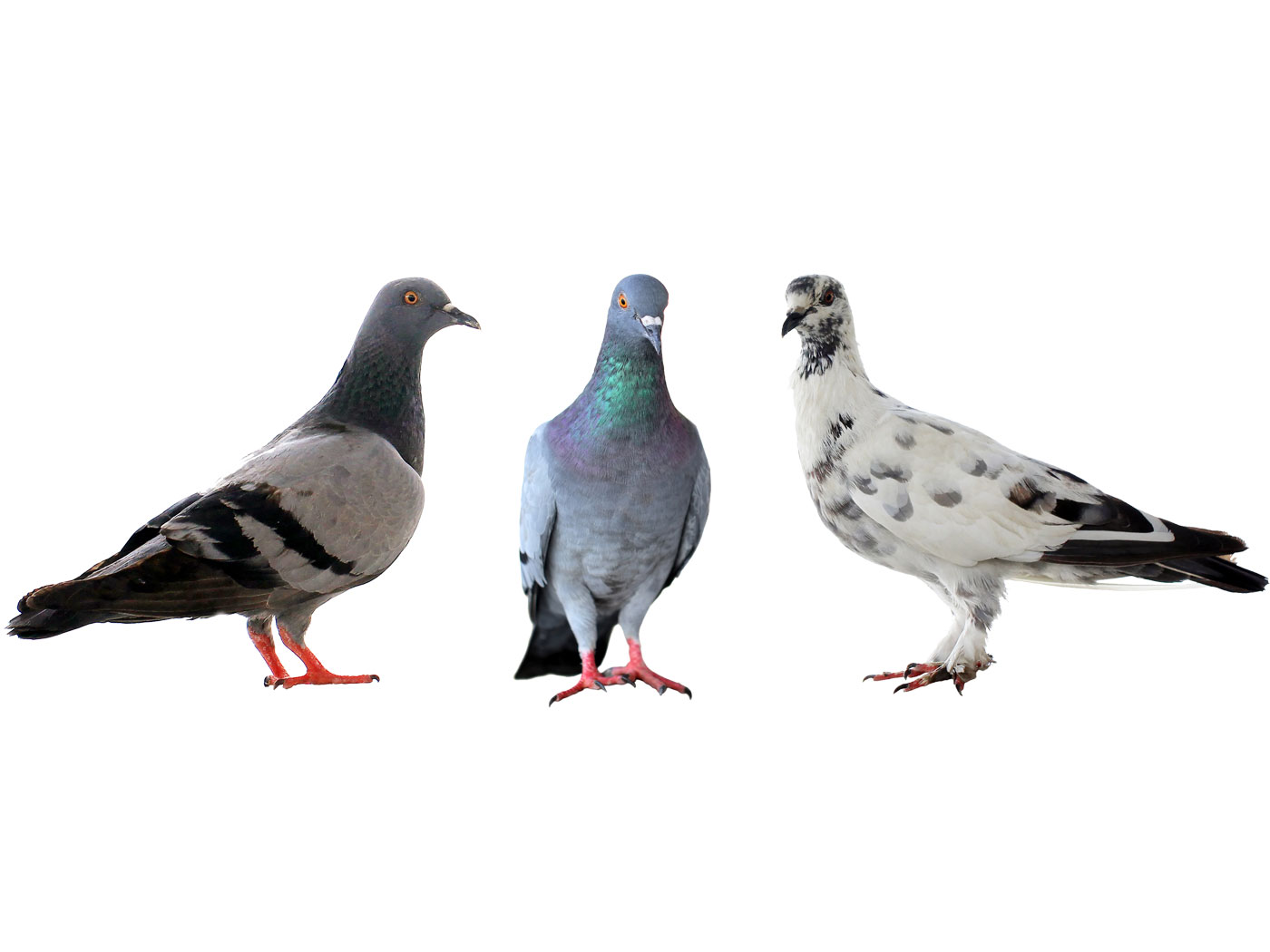 Genesis 1:26 says, “Then God said, ‘Let Us make man in Our image, according to Our likeness.’” What does it mean for humans to bear the lofty image of God?
Genesis 1:26 says, “Then God said, ‘Let Us make man in Our image, according to Our likeness.’” What does it mean for humans to bear the lofty image of God?
First, we look up key words. Image can refer to a molded idol. For example, God told Moses to instruct Israel to “drive out all the [wicked] inhabitants of the land from before you,…[and] destroy all their molded images”(Numbers 33:52). Image can also mean shadow. Since molded idols look like the gods they represent, and your shadow takes your shape, the phrase “in Our image” suggests that the human form mirrors the form of God. But if “God is spirit” (John 4:24), how can He have a form?
Next, we explore more context for insight. When the Lord Jesus told the woman at the well that “God is spirit,” He was referring to His Father.1 God the Father is Spirit, but God the Son was standing right in front of her as “the image of the invisible God” (Colossians 1:15). Jesus, “being in the form of God,” came “in the likeness of men” (Philippians 2:6-7). The Henry Morris Study Bible notes that our bodies help us fellowship with God. We have “erect posture, upward-gazing countenance, facial expressions varying with emotional feelings, brain and tongue designed for articulate symbolic speech—none of which are shared by the animals.”2 So, God made men and women to share the same basic form as God the Son.
But the image of God must mean much more. After all, “as a consequence of the divine image, man was to exercise dominion over all creatures.”3 Having dominion means having a mind keen enough to grasp the complicated interactions of plants, animals, and our world. It also means having the will or self-determination to act on that knowledge.
Genesis 1:2 refers to the Spirit of God. Since God made humans “according to Our likeness,” then we must also have spirits. Further, since God made humans to have dominion over the animals, this human spirit differs from animal souls. Unlike animals, we continue to exist even after our bodies die. “It is appointed for men to die once, but after this the judgment” (Hebrews 9:27). However, “he who believes in the Son has everlasting life” (John 3:36).
God and humans share yet another aspect. Whereas God said, “Let the waters abound” with sea creatures, and “Let the earth bring forth” land creatures (Genesis 1:20, 24), He said, “Let us make man” (v. 26). This time it was personal. He made us with the need to love and be loved.4 He made us to know Him. Since man “belongs to the same order of being as God Himself,” he is “therefore capable of communion with his Maker.”5
One problem: we need perfect righteousness to fellowship with a perfect God. Adam and Eve’s original image of God possessed that, when “God saw everything that He had made, and indeed it was very good” (Genesis 1:31). They soon lost that righteousness when they fell into sin.
Human sin damages, but does not erase, the image of God. Even rebellious people “have been made in the similitude of God” (James 3:9). We start life with everlasting spirits, keen minds, God-like emotions, and strong wills. When we repent of sin and trust Christ, God applies His Son’s perfect righteousness to our account. He restores the fellowship for which we were made. He even repairs our broken images as we “put on the new man who is renewed in knowledge according to the image of Him who created him” (Colossians 3:10).
References
- John 4:23-24 says, “But the hour is coming, and now is, when the true worshipers will worship the Father in spirit and truth; for the Father is seeking such to worship Him. God is Spirit, and those who worship Him must worship in spirit and truth.”
- Note for Genesis 1:26. Morris, H. M. 2012. The Henry Morris Study Bible. Green Forest, AR: Master Books, 13.
- Vos, H. F. 1982. Everyman’s Bible Commentary: Genesis. Chicago: Moody Press, 22.
- “The Father loves the Son” (John 3:35).
- Hodge, C. 2003. Systematic Theology, Vol. II. Peabody, MA: Hendrickson, 97.
* Dr. Thomas is Research Associate at the Institute for Creation Research and earned his Ph.D. in paleobiochemistry from the University of Liverpool.





















